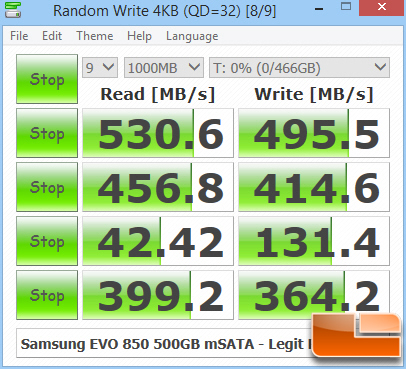tankman1989
Gawd
- Joined
- Aug 21, 2009
- Messages
- 588
I'm building a small mini-ITX pc and I'd love it to have usb 3.1 but can't find any MOBO's that have it and fit my needs. Does anyone know why it isn' t used more often and when it might become more prevelant?
![[H]ard|Forum](/styles/hardforum/xenforo/logo_dark.png)
